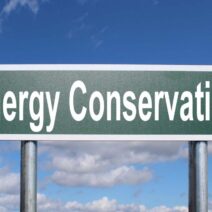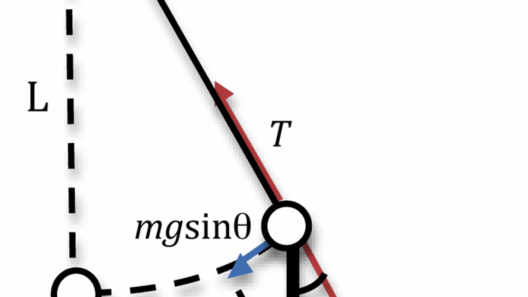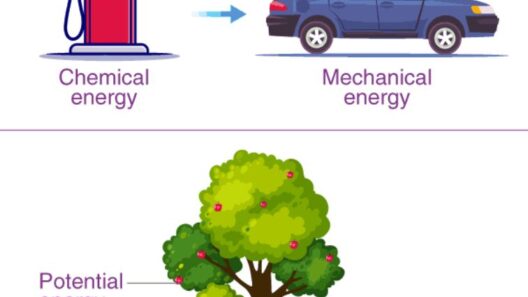The principle of conservation of energy is a fundamental concept in physics that asserts energy cannot be created or destroyed in an isolated system; it can only be transformed from one form to another. This law is foundational in understanding many physical processes, from the simple act of lifting an object to complex biochemical reactions. However, the question arises: is the conservation of energy ever violated? This inquiry delves into the realms of myth versus reality, exploring the nuances and implications of this principle across various scientific domains.
To begin with, it is essential to define what is meant by the conservation of energy. This principle is rooted in the first law of thermodynamics, which states that the total energy of an isolated system remains constant. Energy may change forms, for instance, from kinetic to potential energy, or from chemical energy to thermal energy, but the total energy is invariant. Despite its robust theoretical foundation, misunderstandings and misconceptions about the conservation of energy persist.
One of the most common myths is the idea that certain phenomena, such as perpetual motion machines, can operate indefinitely without an energy source. Perpetual motion machines are hypothetical devices that would violate the first or second law of thermodynamics. The fervent pursuit of such machines throughout history has led to numerous failed attempts and, consequently, the establishment of the principle that no machine can produce more energy than it consumes. This echoes the reality that, regardless of design or intention, conservation cannot be breached; energy losses through friction, air resistance, and other dissipation factors will always occur. Thus, the notion that one could create a self-sustaining energy source is fundamentally flawed.
Another significant misconception pertains to quantum mechanics, where phenomena such as virtual particles often lead to interpretations suggesting energy conservation may not apply at the subatomic level. While it may appear that energy is “borrowed” to create particle-antiparticle pairs that exist momentarily before annihilating, quantum fluctuations operate within the framework of conservation principles over time. The Heisenberg uncertainty principle introduces a level of indeterminacy, allowing for temporary violations on exceedingly small scales. However, when averaged over time, the conservation of energy holds true at macroscopic scales. This demonstrates that while nuances in physics may create apparent anomalies, they do not equate to an outright violation of energy conservation.
When examining the realms of nuclear physics, the principle of conservation of energy still prevails, albeit in more complex manifestations. For instance, in nuclear reactions, a small amount of mass is converted to energy, as articulated by Einstein’s famous equation E=mc². In such cases, the law of conservation of mass-energy is applicable, and while the sum of mass and energy changes form during the reaction, it remains conserved. This paradigm illustrates the interconnectedness of mass and energy, underscoring that violations of conservation principles are not apparent but rather involve transformations between different forms.
Technological advancements lend credence to the conservation of energy, exemplifying its principles through contemporary applications. Consider renewable energy technologies like solar panels or wind turbines. These systems convert natural energy sources into usable electricity, effectively transforming energy rather than creating it anew. The efficiency of these technologies is paramount, as they optimize the transformation processes to minimize energy losses, thus highlighting the importance of maintaining adherence to the conservation principle.
Beyond the realm of physics, the concept of energy conservation integrates into broader discussions about environmental sustainability. Individuals and organizations increasingly recognize their responsibility to conserve energy. The quest for more efficient technologies and methods of energy generation echoes a deep understanding of energy conservation—utilizing existing energy resources effectively rather than attempting to contravene the laws of nature. Practical actions, ranging from simple energy efficiency upgrades in homes to large-scale infrastructural changes in public transportation, illustrate a commitment to energy conservation.
Moreover, the discourse surrounding energy consumption inevitably intersects with economic factors. The energy market is a dynamic landscape influenced by resource availability, technological advancements, and regulatory frameworks. In this context, the conservation of energy assumes a broader significance—it reflects not only physical laws, but also societal choices and policies aimed at fostering a sustainable future. Here, myths surrounding energy, often fueled by misinformation, can lead to detrimental socioeconomic consequences. Misconceptions about the availability or limitations of renewable energy sources can stymie policy initiatives and impede the transition to a sustainable energy landscape.
In conclusion, the conservation of energy remains a steadfast principle within the realms of physics and environmental discourse. While myths may circulate suggesting violations of this law, a closer examination reveals that energy can only change forms, never disappear. Quantum phenomena may introduce complexity, but they do not undermine the overarching truth of energy conservation. Technological innovations and societal commitments to sustainable practices further emphasize the relevance of this principle in combating climate change and fostering a resilient future. Understanding the myth versus reality narrative around energy conservation is crucial for informing policies and personal practices that align with a sustainable worldview.
As society advances, the imperative to respect and adhere to the conservation of energy becomes more pronounced. It is a reminder that while we may seek efficiency and innovation, we must do so within the inescapable bounds set forth by the laws of nature.






